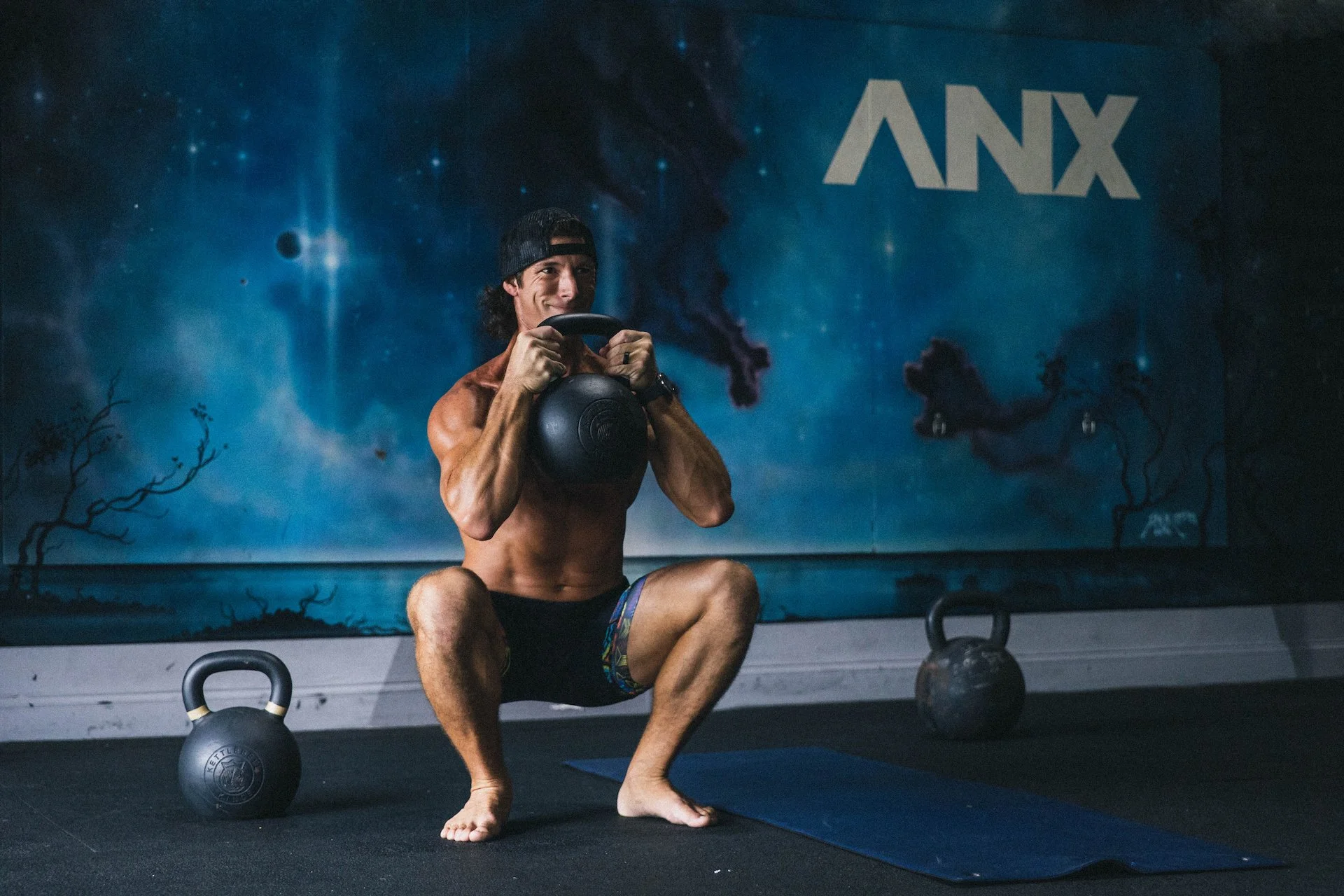How to Train to Conquer Your 30’s, 40’s, & 50’s
Remember those wild gym sessions in your teens and 20's? When you could smash heavy lifts on the daily, chase PR's every week, and recover easy peasy, despite poor sleep, questionable nutrition, and probably a few too many nights out? If you’re in your 30's, 40's, or 50's now and still trying to train the same way, chances are your body is saying “HELL NO”. I'm here to tell you, it’s time to adapt.
That doesn’t mean getting weaker or training less, it means training SMARTER. The biggest shift as you age is understanding that recovery is no longer just an afterthought, it’s the foundation of how you will progress. In your younger years, your body bounced back from brutal workouts without much effort. But as you get older, recovery takes longer, and if you don’t respect that, you’ll eventually hit a wall. Joint pain, chronic fatigue, nagging injuries, these are all signs that it’s time to rethink your approach. So let's dive into it!
Lifting Smarter, Not Harder.
Training Smarter: Quality Over Quantity
The key to longevity in strength training isn’t about lifting less, it’s about lifting with purpose. When you’re young, you can get away with training hard and often. But in your 30's and up, training frequency, intensity, and recovery need to be better balanced.
Instead of destroying yourself with those 1.5 to 3 hour workouts, focus on consistent, high-quality sessions. Kettlebell training, bodyweight movements, and explosive strength work should still be in your routine, but the goal is to train just enough to stimulate growth without going completely overboard. That might mean training 3-5 days a week with more emphasis on movement quality, rather than running yourself into the ground every session. At 41 years old, trust me, I still go heavy and take things to failure, but that's a very small percentage of my weekly training.
Mobility work should also become a non-negotiable. The aches and pains that used to go away on their own, they don’t disappear as easily anymore. Keeping your joints healthy and maintaining flexibility will keep you in the game longer. Adding in dedicated mobility work, or even just a few exercises throughout the week, can make a huge difference in how your body feels and performs. Plus the better your mobility, the better your BIG lifts will be.
The Role of Diet and Sleep in Recovery
In your younger years, you could get away with fueling your workouts with a lot of garbage food and caffeine. Not anymore. As you age, what you eat directly impacts how well you recover, how much energy you have, and how strong you feel. Prioritizing PROTEIN intake, REAL/WHOLE foods, hydration, and eating nutrient rich foods will keep your body functioning at its best.
But the biggest game changer? Sleep. If you’re constantly feeling sore, fatigued, or struggling with progress, look at your sleep before you blame your training. Poor sleep leads to slower recovery, lower testosterone, increased injury risk, and overall decreased performance. Think of sleep as the most underrated performance enhancer out there. Aim for 7-8 hours of QUALITY rest to allow your body to rebuild and come back stronger (it really is that important).
How Hard Should You Push?
So, does getting older mean you should stop pushing yourself? Absolutely not. You should still challenge your limits, but in a way that’s sustainable. Instead of maxing out every session or pushing to failure often, focus on progressive overload, controlled intensity, and listening to your body. Some days, you’ll feel strong and can push harder. Other days, you may need to dial it back. The key is learning to train intelligently so you can keep making progress year after year without any setbacks. Remember progress isn't always linear, this is real life, so just showing up and giving what you can on any given day is better than not showing up at all.
Strength isn’t just about how much you can lift today, it’s about how long you can keep lifting. Train in a way that lets you stay strong, mobile, and pain free for decades, not just the next few months. Your best years of strength aren’t behind you, they’re ahead of you, if you train the right way for them.

